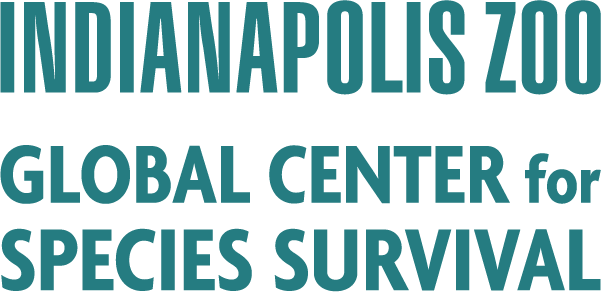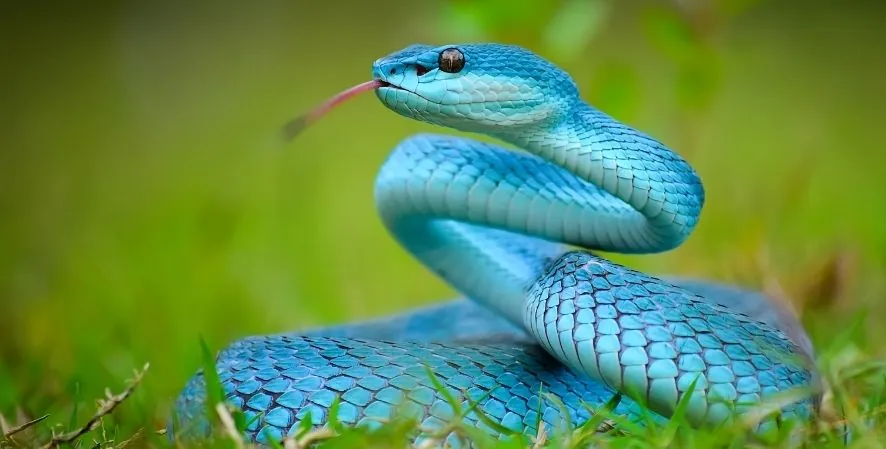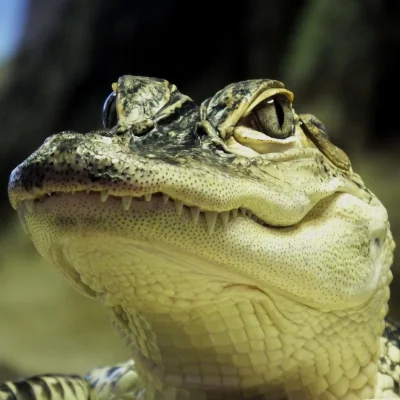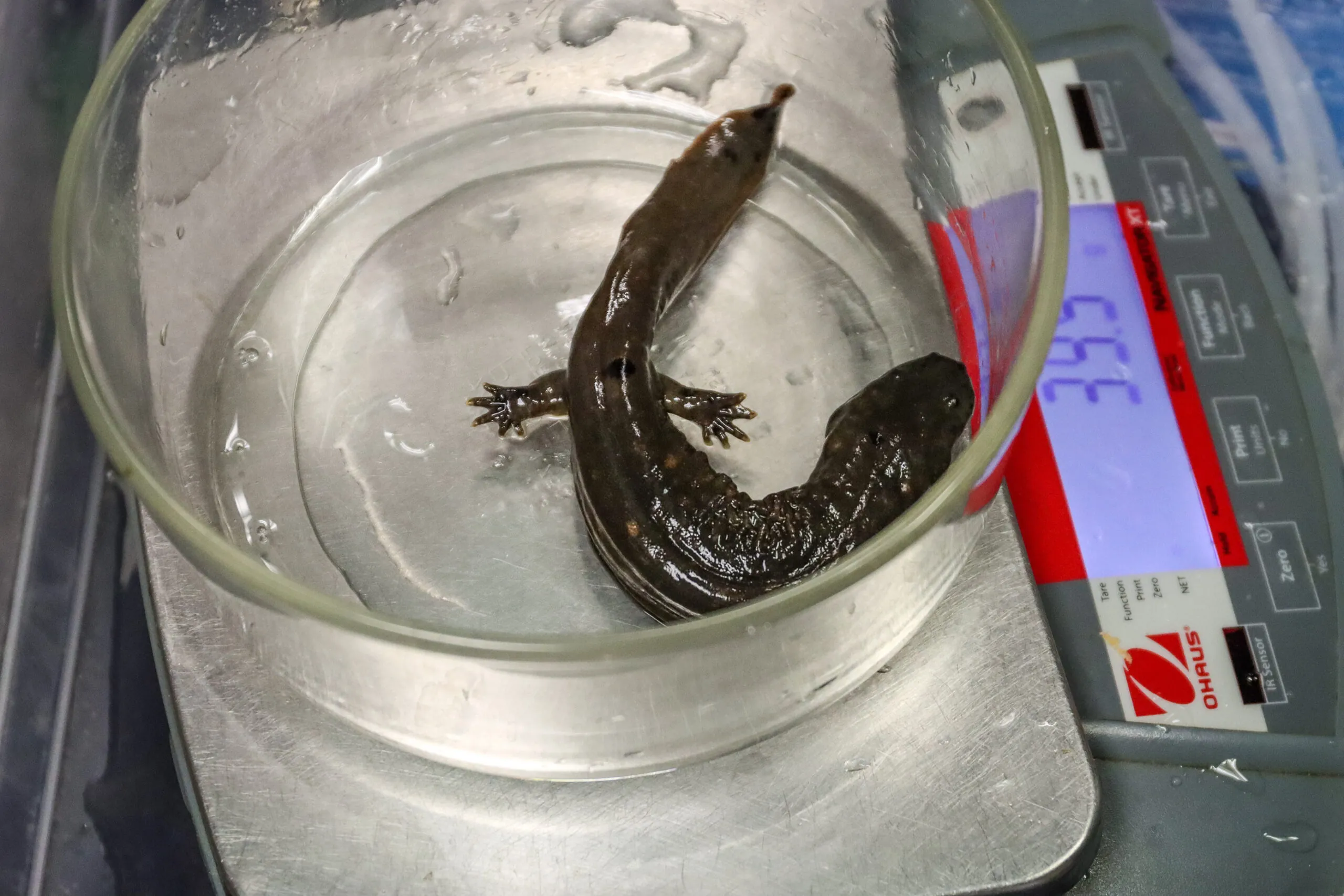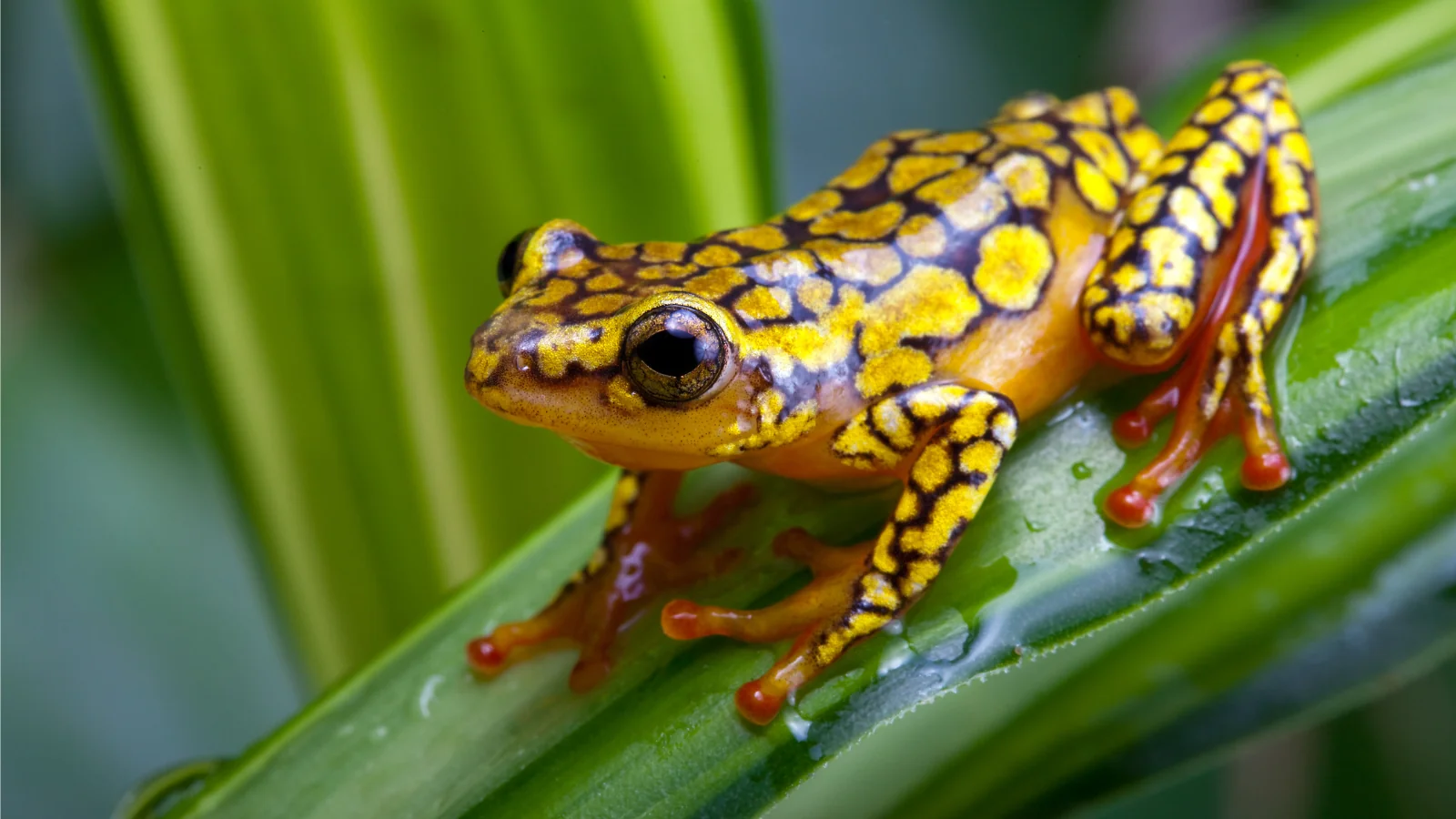
Reptile & Amphibian Conservation
Roles and Threats
Reptiles and amphibians play an important role in the ecosystem as they are present on land and in water. They serve as predator and prey, keeping other species populations in check. These species are great indicators of pollution due to their permeable skin.
Loss of natural habitat is the most apparent reason for species being at risk, but population reductions are also happening from disease, exposure to UV rays, and changes in the climate. Additionally, amphibians and reptiles are facing problems from uncontrolled hunting. Help us save these species by learning more about reptile and amphibian conservation.

Andrea Echeverry-Alcendra
Andrea is a biologist with more than 14 years of experience working in zoos and aquariums. Her passion for reptiles and amphibians – some of the most threatened and misunderstood animals – has motivated her to contribute to their conservation. Andrea is interested in cross-cutting and collaborative science to promote wildlife conservation under the “One Plan Approach,” which links in situ and ex situ methods and tools. She is a member of specialist groups of the IUCN Species Survival Commission (SSC), the World Commission on Protected Areas (WCPA), the Commission on Environmental, Economic and Social Policy (CEESP), and the Commission on Education and Communication (CEC).
Andrea brings her knowledge of illegal wildlife trade, data management, and conservation science to her role as the Global Center’s Reptile & Amphibian Conservation Coordinator. Previously, she was the animal collections lead at a zoo in Colombia.
Learn More
Learn more about reptile & amphibian conservation from the Global Center team by checking out our blog, podcast, and videos.
